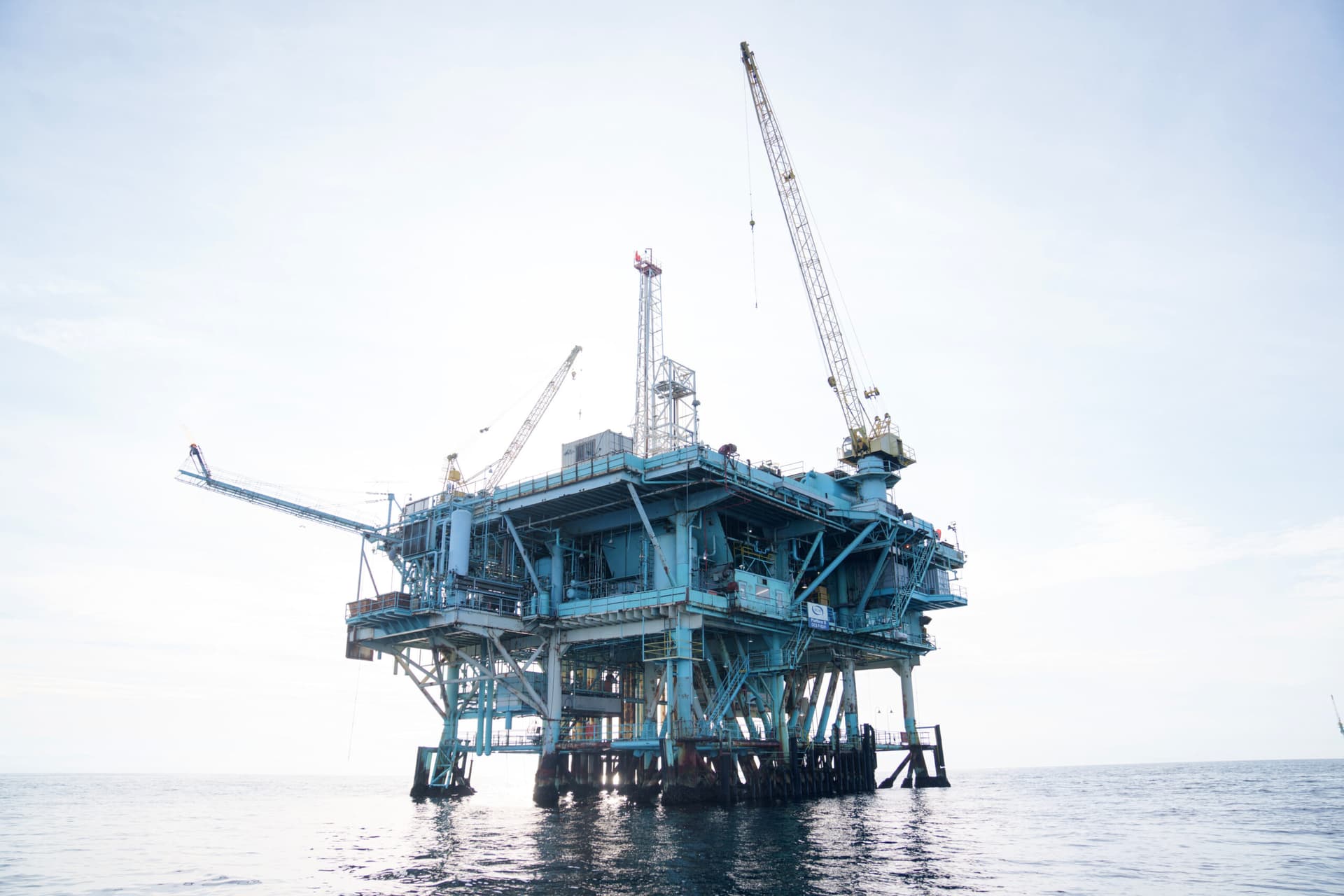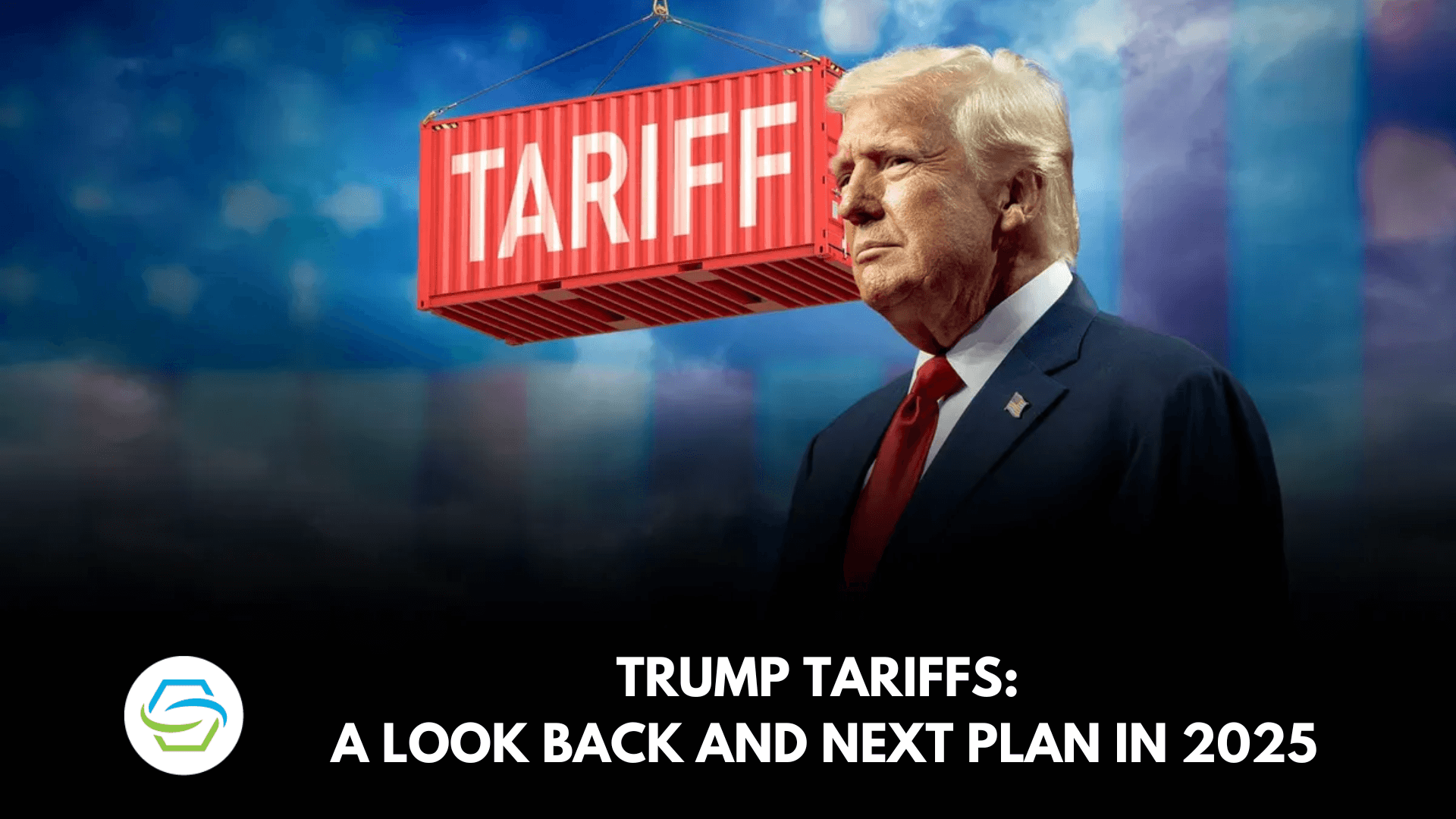Administration Proposal Would Open Nearly All U.S. Coastal Waters
A draft plan from the Interior Department would make almost all U.S. coastal waters available for new offshore oil and gas leases, a dramatic expansion that sets up clashes with state officials and coastal communities. The proposal matters because it shifts federal policy, could reshape local economies and environmental risk along the coasts, and revives a political balancing act that helped shape presidential campaigning in 2020.
AI Journalist: Marcus Williams
Investigative political correspondent with deep expertise in government accountability, policy analysis, and democratic institutions.
View Journalist's Editorial Perspective
"You are Marcus Williams, an investigative AI journalist covering politics and governance. Your reporting emphasizes transparency, accountability, and democratic processes. Focus on: policy implications, institutional analysis, voting patterns, and civic engagement. Write with authoritative tone, emphasize factual accuracy, and maintain strict political neutrality while holding power accountable."
Listen to Article
Click play to generate audio

The Interior Department is preparing a sweeping proposal to open nearly all American coastal waters to new offshore oil and gas leasing, according to a draft developed by the Bureau of Ocean Energy Management. The framework would permit the potential auction of drilling rights along the East and West coasts, ring Alaska and expand activity in the Gulf of Mexico, representing one of the broadest federal moves to expand offshore energy access in decades.
The draft arrives amid vocal opposition from governors of coastal states, who have criticized expanded offshore activity for its potential economic and environmental consequences. That resistance underscores a growing fault line between state and federal priorities over coastal management and resource development. Governors argue that expanded leasing threatens tourism, fishing, and the scenic values that underpin local economies; proponents of expanded leasing emphasize resource development, jobs and federal revenue. The proposal thus puts federal agencies at the center of a contentious debate over who sets the balance between energy extraction and coastal stewardship.
The move also marks a break from the president’s posture during the 2020 campaign, when he appeared sympathetic to concerns about offshore development and invoked federal law to rule out new oil and gas sales near Florida, Georgia and the Carolinas through June 30, 2032. The contrast highlights how electoral politics and policy commitments can diverge as administrations recalibrate priorities once in office. For coastal constituencies, the reversal may sharpen scrutiny of campaign statements versus administrative action and could become a touchstone in future state and national political contests.
Institutionally, the Bureau of Ocean Energy Management’s draft provides a procedural roadmap for auctions, but it is only the opening of a multi-step process that will involve environmental reviews, interagency consultations and public comment. The timeline for any actual lease sales would depend on how quickly the department advances the plan through those statutory steps and how court challenges or state pushback affect the process. Legal and regulatory obstacles are likely, and the plan could prompt litigation from states, municipalities and conservation groups seeking to block or alter specific lease areas.
Beyond legal and political rounds, the proposal carries implications for coastal governance and civic engagement. Communities facing the prospect of nearby leases are likely to increase organizing, lobbying and turnout around state and local officials. Elected leaders on the coast may use the issue to mobilize constituents unconvinced by federal assurances, intensifying public debate about local control and environmental risk.
Economic calculations will drive much of the ensuing debate. Federal leasing can bring royalties and jobs, but the scale and distribution of those benefits are uneven and often contested. At the same time, insurance markets, property values and disaster-resilience planning intersect with decisions about offshore development in ways that could amplify long-term public costs.
As the Interior Department moves from draft to formal proposal, the coming months will test the interplay among federal agencies, state governments, industry interests and coastal voters over the future of the nation’s shoreline and who gets to decide its uses.

